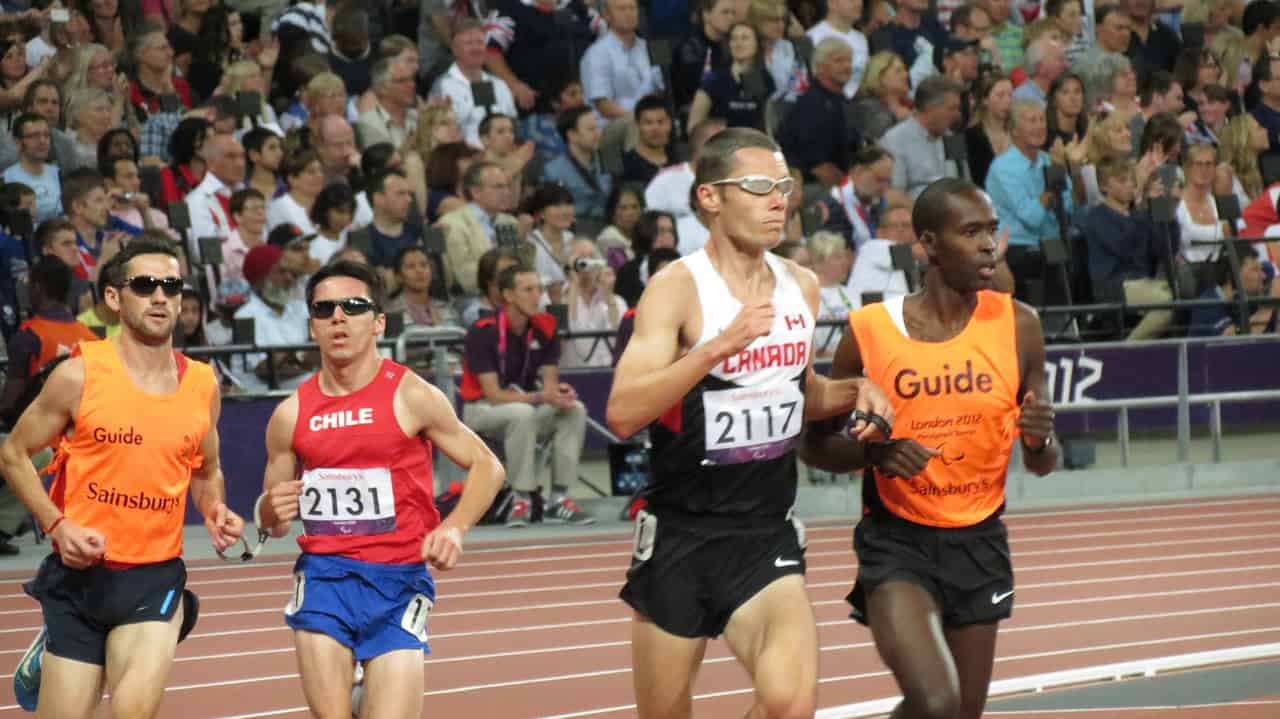
In the Paris 2024 Paralympic Games, running from August 28th until September 9th, the audience should get ready to see more record-breaking performances, boosted by assistive technology. For this year’s edition, the World Health Organization (WHO) and the International Paralympic Committee (IPC) joined forces in a campaign called “Equipped for equity” that aims to highlight the transformative role of assistive technology in the lives of disabled athletes.
Throughout the competition, there will be daily posts on the Paralympic platforms explaining how technology impacts the performance and lives of athletes, showcasing personal stories to advocate for universal access to these critical health products. Some examples of assistive technologies that can be seen in the Parisian arenas include prosthetics, wheelchairs, and hearing aids.
According to Andrew Parsons, IPC President, “The Paralympic Games are one of the only global events that put persons with disabilities front and center, and in many events highlight how assistive technology can support athletes to compete at the highest level. These technologies allow them to redefine what is possible in sports and inspire millions around the world.”
What is assistive technology?
With a final goal of empowering people with disabilities, assistive technology, as the name suggests, can help children and adults keep their independence, improving life quality. In some cases of people with chronic health conditions, like diabetes, stroke, and dementia, these devices are crucial for them to independently manage their health effectively.
Despite the WHO and IPC’s efforts to highlight the positive effects of assistive technology, universal access remains a challenge. Only 3% of people with disabilities have access to assistive devices in some low-income countries, as explained by the WHO. Furthermore, 3.5 billion people will likely need assistive technology by 2050 with an aging population and rising rates of chronic health conditions.

Latest innovation
In this digital era, more and more companies are investing in cutting-edge technology to assist people in need. From AI-powered glasses to smart gloves, here are some of the latest assistive products in the tech industry:
Xander Glasses
For people with hearing difficulties, it might be hard to naturally participate in conversations. However, the American company Xander promises to tackle this issue with its smart glasses. The device is integrated with pioneer wearable computing, waveguide optics, and protective smart eyewear, and simultaneously translates speech to text in real-time. It offers privacy and independence as it projects accurate captions of conversations that can only be seen by the person wearing the specs.
Envision App
Visual impairment can have lifelong effects, restricting individuals’ independence. An AI-enabled mobile application, developed by the Dutch company Envision, focuses on bringing an accessible alternative for this problem. The app can be downloaded for free and it uses the smartphone’s camera to speak out written information, describe scenes, and give important details regarding the user’s surroundings. There are more than 60 languages available for all kinds of text and object recognition, and users can rely on the app’s integrated AI assistant to ask or type questions about captured or imported text or images.
Pal
Overcoming certain illnesses can be quite a challenge not only to the person affected by the life-threatening condition but also to the family and close friends. Created by the digital palliative care company based in the Netherlands, Pal is also a free app that promises to support those affected by advanced or life-limiting illnesses. It offers a platform for palliative care in which the person affected or a family member can better observe, identify, and manage symptoms while being at home.
Smart Glove
The loss or a natural lack of hand mobility can have a toll on people’s mental and physical health. The Smart Glove by Neofect is a rehabilitation device that uses high-tech sensors to detect and record movement data by measuring forearm and wrist activities. It helps people affected by strokes, spinal cord injuries, or other neurological conditions partially recover their hand function through interactive exercises. The final goal is to also provide more independence and life quality for people with mobility issues.

